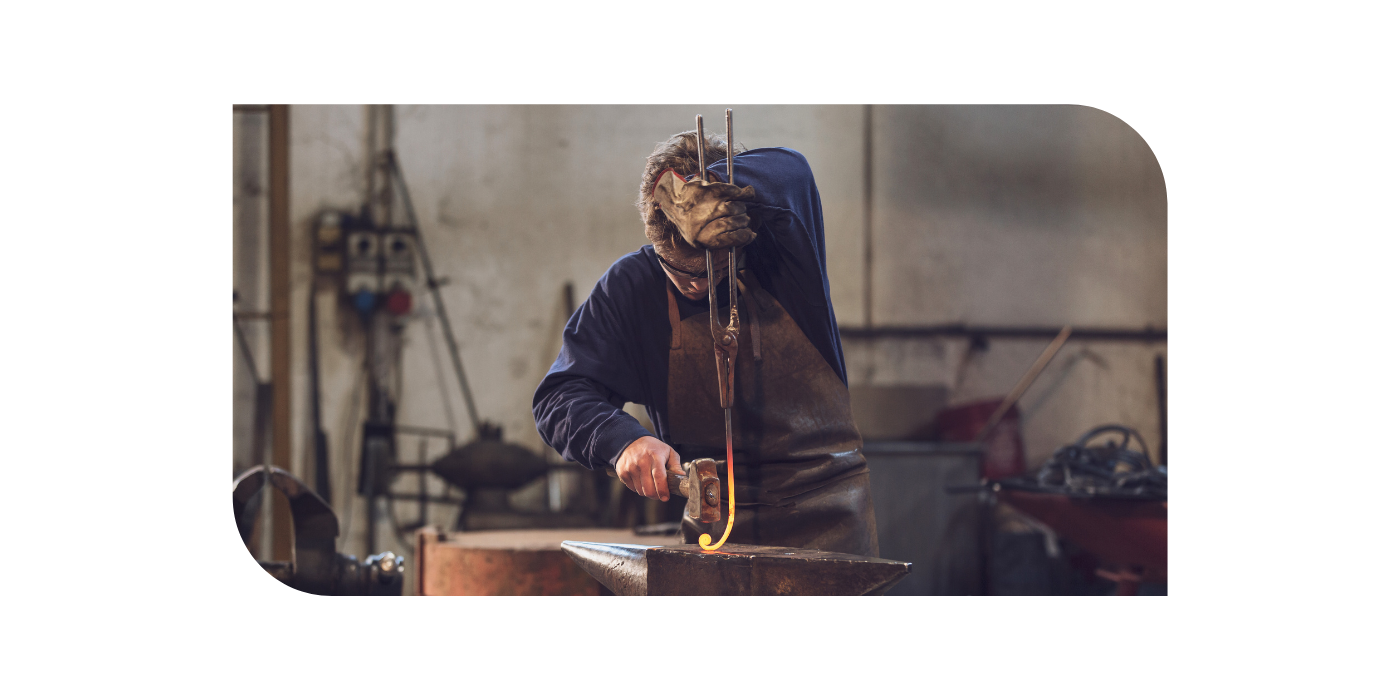
Unveiling the Craftsmanship: The Making of a Wrought Iron Hook
In today's fast-paced, industrialised world, it's easy to overlook the artistry and skill required to create everyday objects. One such object is the humble wrought iron hook. Though small in size, these hooks play a significant role in our lives, serving as functional and decorative elements in homes, gardens, and various other settings. Join us as we delve into the intriguing process of crafting a wrought iron hook, uncovering the meticulous steps involved in bringing this versatile piece to life.
Step 1: Design and Conceptualisation
Every successful creation begins with a vision. Craftsmen first conceptualise the design, considering factors like purpose, aesthetics, and practicality. The hook's shape, size, and overall style are determined during this stage, often blending traditional designs with contemporary influences.
Step 2: Material Selection
Wrought iron, known for its strength and malleability, is the preferred material for crafting these hooks. It is selected for its ability to withstand heavy loads while being shaped easily. The craftsman carefully chooses high-quality wrought iron rods or bars, ensuring their suitability for the intended purpose of the hook.
Step 3: Heating and Forging
The chosen wrought iron material is heated in a forge to high temperatures, making it malleable and easier to work with. The blacksmith then skillfully hammers and shapes the heated iron on an anvil, using various specialised tools. This step requires precision and experience to achieve the desired shape and form of the hook. The process may involve bending, twisting, and tapering the iron until the envisioned design starts to take shape.
Step 4: Cooling and Annealing
Once the desired shape is achieved, the heated wrought iron is left to cool slowly, allowing the metal to become stronger and more durable. This process, known as annealing, eliminates internal stresses caused by the forging process and prevents the hook from becoming brittle.
Step 5: Surface Treatment and Finishing
To protect the hook from rust and enhance its visual appeal, a surface treatment is applied. This may involve methods such as sandblasting or wire brushing to remove scale and impurities. The craftsman then meticulously applies a finish, such as paint or powder coating, to give the hook its final appearance. This step not only adds to the hook's aesthetic appeal but also serves as a protective layer against corrosion.
Step 6: Quality Check
Before being deemed complete, the wrought iron hook undergoes a thorough quality check. The craftsman inspects it for any imperfections, ensuring that it meets the required standards of durability, functionality, and visual appeal. This step guarantees that the hook is ready to serve its intended purpose with excellence.
The creation of a wrought iron hook is a testament to the craftsmanship and dedication of skilled artisans. From the initial design concept to the final quality check, each step in the process requires precision and expertise. As we appreciate these small yet indispensable objects in our daily lives, let us also acknowledge the artistry and hard work behind their production. The next time you use a wrought iron hook, take a moment to admire the skilful craftsmanship that went into its creation.
